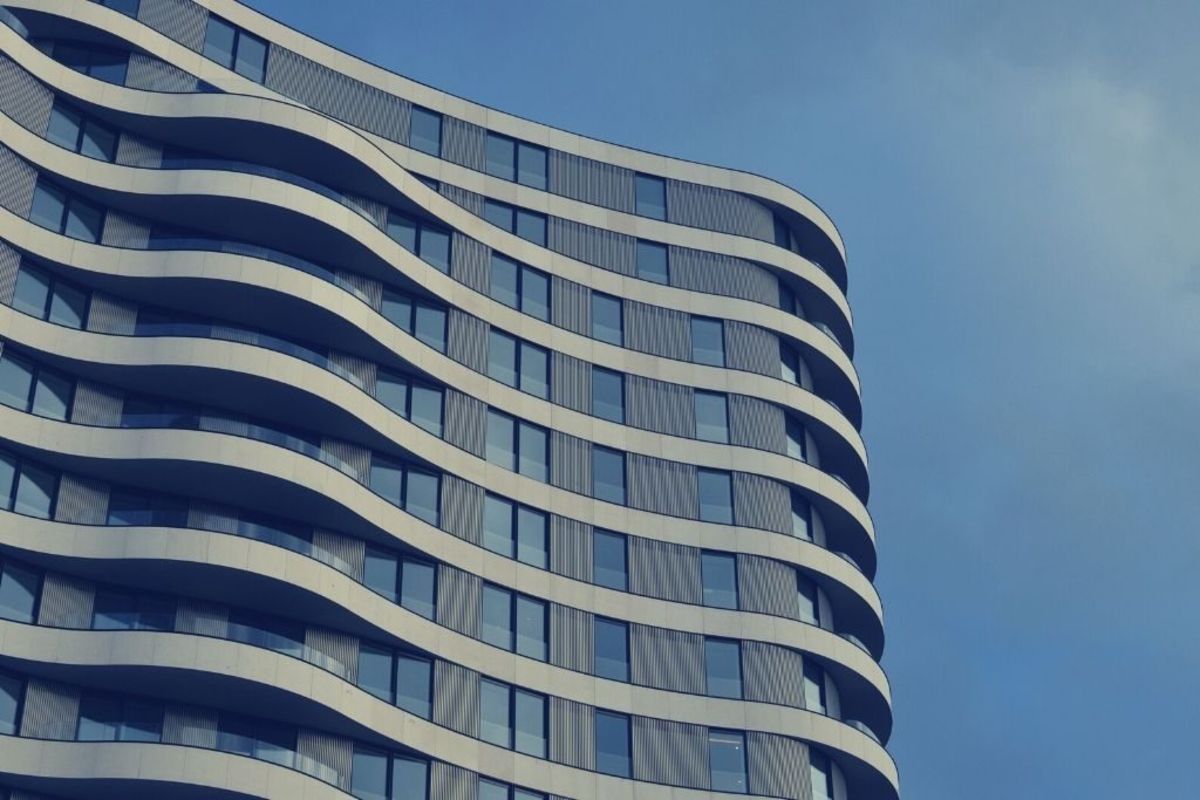
dormakaba Editorial Team

Tom Bowles
Tom is Vice President of Strategic Partnerships at ButterflyMX. During his time as Project Lead for Global Multihousing at dormakaba Americas, he provided guidance to both global manufacturers and new market-startups designed to grow market share and profitability. He has over 20+ years of experience in advising, managing and consulting on access control within the multi-housing industry.
Related articles

Urbanization
Cheonggyecheon: How a Reclaimed River Brought Life to Seoul
South Korea's story is one of phenomenal economic growth and rapid urbanization. Following the devastating Korean War between 1950 and 1953, in just a few short decades, Seoul transformed from a war-torn city into a bustling megacity, as South Korea flourished as a global leader in technology and innovation.

Technology
What Your Face Reveals: Biometric AI Detects Emotions, Illnesses, and Even Your Vote
Beyond ID checks, facial recognition powered by biometric AI now reads emotions, monitors health patterns, and forecasts behavior.

Technology
Can Big Data and AI Really Help us Manage City Traffic?
As cities grow, so does congestion—but AI and Big Data offer new ways to manage traffic, optimize transit, and build sustainable futures.